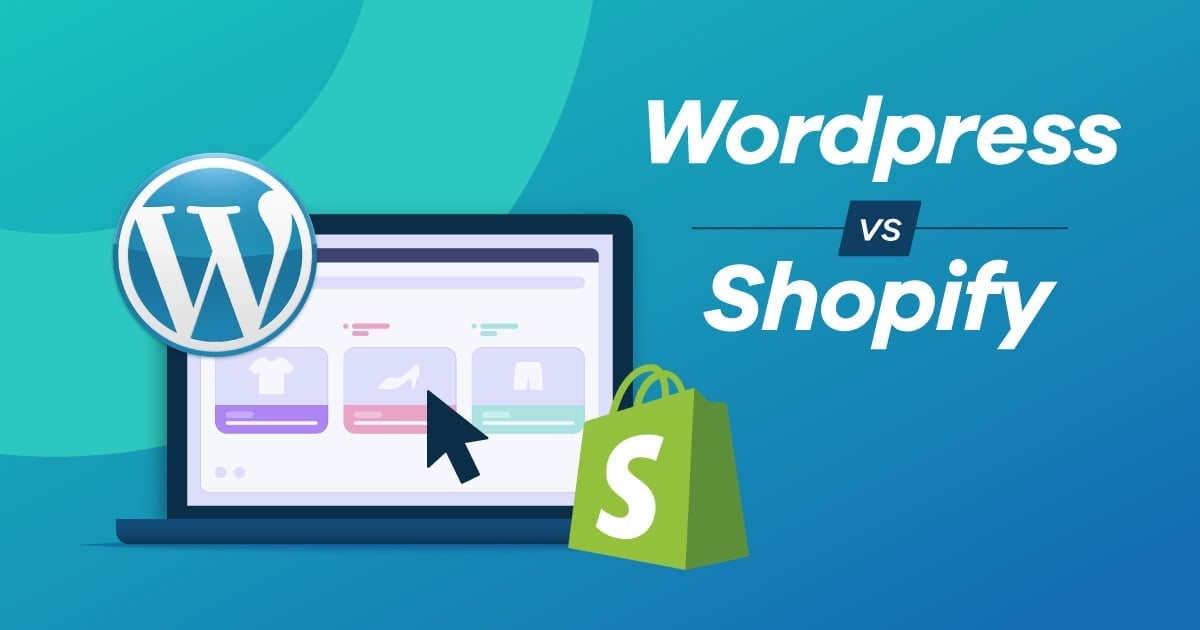5 Ways to Optimize Websites for People

There are a lot of things you need to do to make sure your website can be read by machines.
For Google, Bing, and the other search engines, you need to add things like meta tag descriptions, hreflang tags, and schema.org markups where applicable. You need to tell the client device/browser to use different images for desktops and laptops versus mobile devices. You need to tell your internal search engine which pages should and should not be indexed.
All of those require some level of proficiency in communicating with technical systems, telling them what they should or should not do.
Lost in the hubbub for some websites is talking to people. A sound technical game, however, is pointless if your website is terrible for humans.
Don't make that mistake.
Here are some ways you can ensure that your site is friendly to its main audience, the visitors.
1. Have Behavior-Triggered Popups
If you're using popups at all, be deliberate about when and how they show up. If visitors land on your homepage for the first time, you shouldn't be showing them a popup at all yet. Let them experience the website, and wait until they seem like they need help, or they've had some time to process your content.
Here are a few popup guidelines to avoid annoying your users:
- If your popup is for a survey, don't show the popup until the user has viewed 3-5 pages on your site. Also, launch the survey after the visitor has left the website, rather than while they are navigating
- If you have a "let me help you" type popup (e.g. chat popup), only launch that when the user has stalled. Make sure it doesn't launch while the user is actively navigating, as you'll just get in the way
- If you have an offer popup, consider using it when the user is about to exit the site - it might still annoy some
Using popups without careful consideration of the user experience will either make visitors leave, or lessen your credibility with the user.

Agoda.com shows a popup when visitors stall on a detail page.
2. Accommodate Misspellings for On-Site Search
Humans make mistakes.
The device matters a bit here, too. If your visitor is using a desktop or a laptop, some mistakes are likely to happen. But if they are using a mobile device, well, typing mistakes become almost a given.
What you should do isn't blame the users for mistyped words, or assume that users will be very precise when using your internal search engines.
- If you have an internal search engine that has auto-suggest for mistyped words out of the box, ensure that the suggestions are accurate.
- If you don't have an engine that is capable of that, monitor the on-site searches that happen on the website, export the top 500 or so, and then look at the commonly mistyped words. For the top mistyped words, set up featured results that will take people to the right place.
3. Tell Your Origin Story
On the "About Us" pages of most companies, you're likely to see when the company was founded, how large the company is, how you can contact the organization, and what the available media and investor relations documents are.
Those are great to have, but those alone aren't always enough.
For some users, you need to humanize the "About Us" page of your site. Talk about the story of the founders and what problems they were setting out to solve, and show some personality in the process.
The idea is that while you're a trustworthy organization, you're not a cold, lifeless entity - you have a story, a hero's journey that interested users can get behind. This will give visitors some story to latch on to, over and above the fact that you have "deep industry expertise" or "the largest support organization in the industry."

Kelly Moore talks about mortgaging her house in the "Our Story" page of KellyMooreBag.com.
4. Talk Like a Person
A lot of organizations employ what Steve Krug, writer of "Don't Make Me Think," calls "happy talk."
It's basically content that reads like it was written by marketers to try and talk up the brand by adding phrases like "world-class" and "industry-leading." It's too "happy" to sound real. And it either sounds too alien to actually read, or so corporate that users just skip past the content or get annoyed.
When thinking about the content on your website, you need to actually write it for people:
- Use layman's terms and avoid jargon whenever possible.
- Use tests like Flesch-Kincaid reading tests as appropriate, and shoot for 5th grade readability.
- Cut down on adjectives, especially when they are just there to pad the content. That's how "happy talk" gets generated.
- Avoid messages that sound like they were written by your programmers. Ensure error messages don't sound transactional, and offer advice about what the visitor can do next.

The error message on ShopDisney.com's shopping cart sounds friendly and provides users a potential next step.
5. Make Information Easy to Digest
The layout and tone of your website matters quite a bit.
Users tend to scan more than they tend to read. But if users see a wall of text on your web pages, they are even less likely to consume your content. Likewise, if your website is cute or clever rather than helpful, visitors are likely to be annoyed rather than amused. (Obviously, there are some exceptions here. If you are Lego or Cards Against Humanity, feel free to ignore this advice.)
There are a few guidelines you can follow to make your content easy to consume:
- Support scanning behavior. Use headlines, subheads, and bullet points to give visitors somewhere to anchor against when scanning your pages.
- Don't get too cute. Your website can have a personality without sacrificing usability for cleverness.
- Keep your content modular. It will help users scan, and your visitors will be more likely to find what they need from your website.
Putting It All Together
Despite all the technical tasks that you need to perform for online marketing, humans are the be-all end-all of your site.
You should optimize your website for them, first and foremost.
If you ...
- avoid "happy talk,"
- use popups deliberately,
- prioritize usability over cleverness or cuteness,
- give your users a path to recover from site errors and mistyped words, and
- present information in a modular, easy-to-scan way
... you will be more likely to turn your visitors into engaged users, prospects, and paying customers.








